On my first visit in late March, the region was still mostly snowbound.
But, when I returned in July, it was green. Very green...
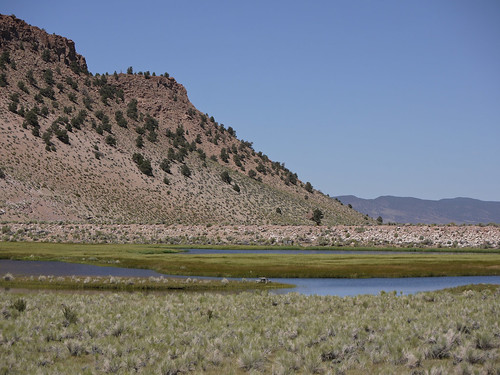
Eastern Sierra Nevada pond and wetland at near 7,000 feet
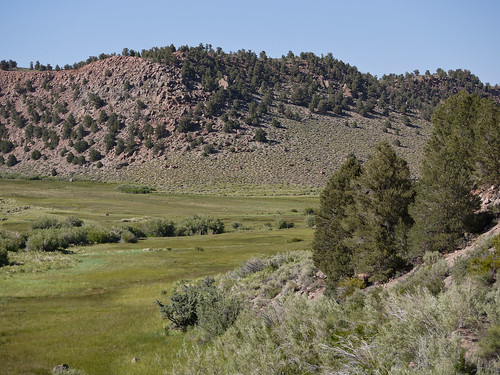
Carved valley basin with streams that feed into pond
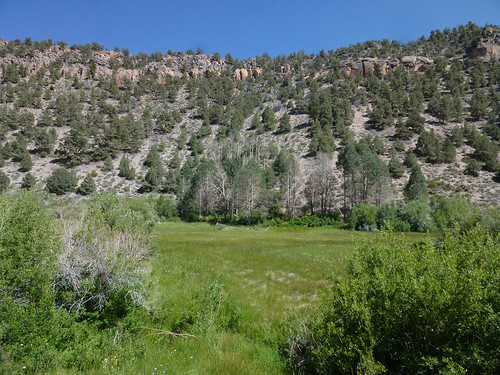
Small groves of aspens and willows hug the valley border
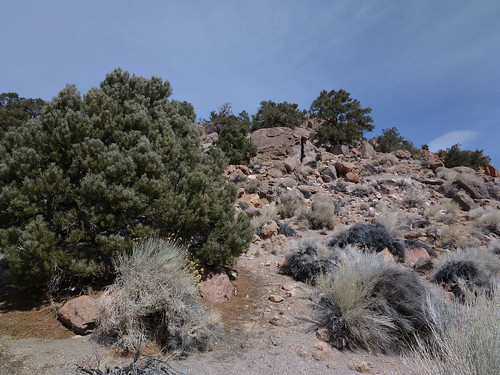
Pinyon pines, rabbitbrush, pumice and obsidian speckle the steep slopes
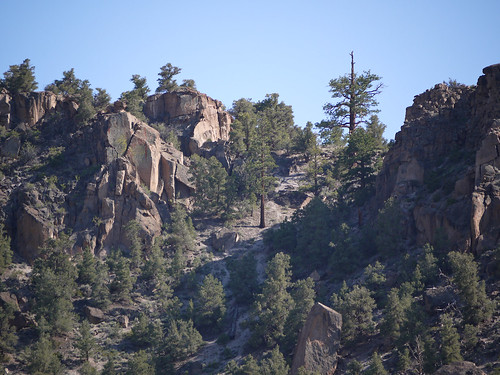
Jeffrey pines and dramatic outcrops line the ridges
One of the first mammals I glimpsed on my return was a small, gray chipmunk-looking tiny that bounded about in the mazes of sand and sagebrush.
But, I knew a way to get them to stop and smile for the cam.
As it turns out, they weren't chipmunks at all. They're white-tailed antelope ground squirrels, Ammospermophilus leucurus, a fixture of the desert scrub.
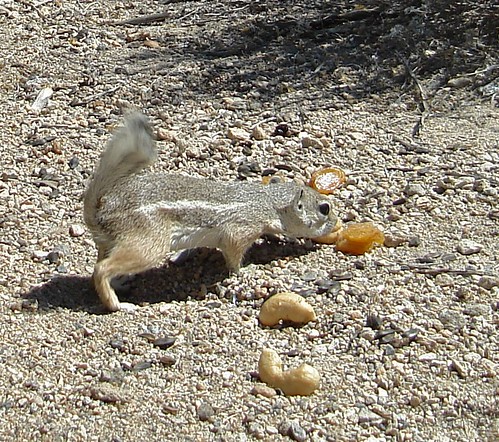
Antelope ground squirrel finding my friendship offering. The small ears, ashy gray fur and distinctive white side stripe are key characters for IDing the species
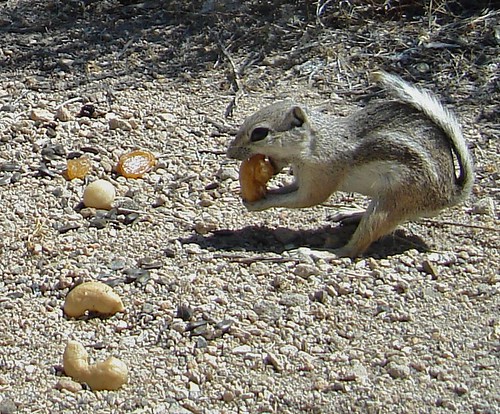
Groundie grabbing a cashew 1/2 the size of its head
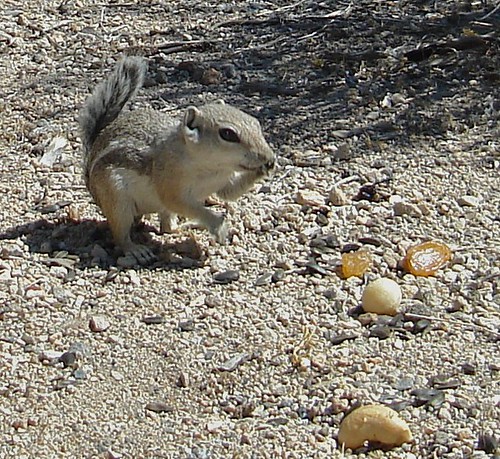
"Burp"
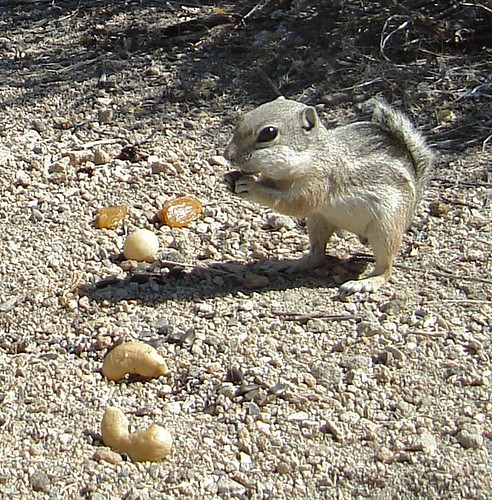
Doing a little cheek stuffing
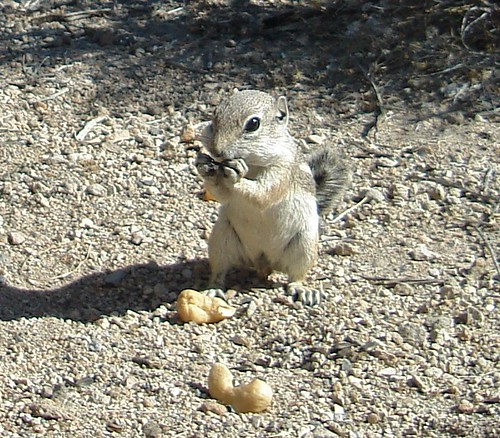
A final face full
And this is just one of more than a dozen mammal species in this region that I've not had the opportunity to trap on the other side of the Sierra Nevada.
Really looking forward to seeing what else shows up.
====
References:
- Wikipedia - Mono Lake
- Wikipedia - Ammospermophilus leucurus
- Smithsonian National Museum of Natural History - White-tailed Antelope Squirrel

just too funny!!! loved it!
ReplyDeletethe area is beautiful too!
Wow, what a place. Very nice pictures. That little rodent dude is the closest thing I've seen to the Scrat-creature from the Ice Age movies.
ReplyDeleteWhile I am not a proponent of feeding wildlife (worked for the NPS for years) a) "burp!" is exactly what I thought when I saw that shot, too funny, b) at least it's nuts, something natural and normal (generally) for the guy to eat. Great shots. =) LOVE the east side.
ReplyDeletebiobabbler - I don't believe in feeding wildlife either, but sets like this are just short one-offs, with a few nuts for a day or 2. I.e., like with the owl caller, I, and most biologists you'll talk to, believe that as long as it is done randomly and infrequently, we won't create dependency or habituation. It'll just look like a serendipity event to the animal. Nuts falling from a tree.
ReplyDeleteOh - I should also add - the standard survey protocol is to actually live trap the animals to ID them in hand...
And Hugh - very Scrat like - well called!
ReplyDelete